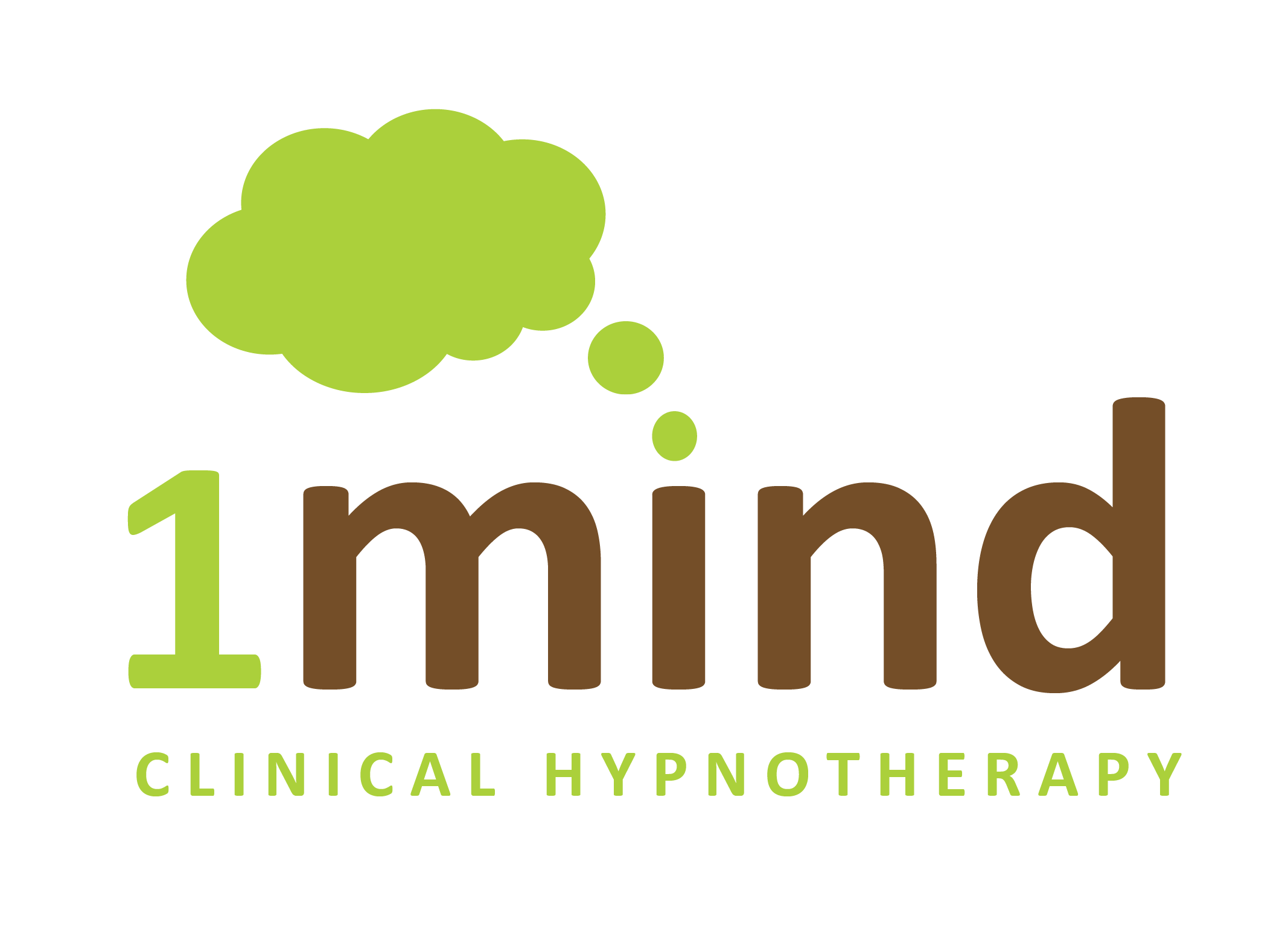The comprehensive international picture of the mental health of children or adolescents aged 5 to 17 years shows a growing prevalence of mental health problems, with an ever-increasing impact of those problems on families, parents, carers and young people themselves and the role of health and education services in providing assistance. Here are some helpful facts:
Approximately one in seven children and young people have experienced a mental disorder in the past year. This is consistent across many international studies.
220,000 people in the UK alone are unable to leave their homes due to anxiety costing the UK NHS by 2020 an estimated £3.7 billon.
There is now a special focus on improving both prevention and treatment efforts for young people, with Mental Health Initiatives around the world. The need for refocussed effort by governments and the broader community to develop systems to both prevent mental health problems and to respond early to problems when they emerge is paramount.
The rates for depression, self-harm and thoughts about suicide in teenagers are particularly worrying, with approximately one in ten indicating that they have engaged in self-harming behaviour. Three quarters did so in the previous 12 months, but now with EASY EMDR we can help them with a clinical treatment that almost anyone can administer anywhere.
For teenage girls aged 16-17 years, nearly one in five were found to meet the clinical criteria for depression. Around one quarter of teenage girls in the 16-17 year age range reported deliberately injuring themselves at some point in their lives.
The rates for depression in 11-17 year olds were found to be higher when young people provided information themselves rather than when their parents and carers did so.
One third of 11-17 year-olds report they have been bullied, and those who went on to develop behaviour disorders report they were then bullied more often. Young people with major depressive disorder were roughly twice as likely to then bully someone else.
Low weight problem eating behaviours were reported by only 1% of 11-17 year-olds. Binge eating and purging were reported by 1.3% of 11-17 year-olds.
Smoking, alcohol and drugs have been used by a growing number of 13-17 year-olds. Smoking was higher for young people with major depressive disorder. Alcohol consumption was higher among young people with major depressive disorder. Drug use was far higher for young people with a major depressive disorder.
Internet use and or electronic gaming were highly problematic for 11-17 year olds, affecting their ability to eat, sleep, and spend time with family, friends and doing homework.
Social Media is effecting nearly every child who is using it in many positive yet many negative ways as widely reported in the news.
This is an important signal to all parents who are faced with the challenging task of helping children navigate the transition from childhood to adulthood. The very good news is a highly effective treatment is now available for home use. Parents can and want to take more responsibility for their children.
In reality we achieve this with a proven tested clinically approved treatment as recommended by the World Health Organisation and many other leading national medical institutes for Health Care.
We have responsibly taken away the reliance on physicians and demystified the treatment right here for you, to learn in very simple quick easy steps, a highly effective treatment, giving the power back to the everyday people, to change how people around the world treat mental health at home.
It doesn’t necessarily remove the need or role of therapists in the treatment of complex anxiety and complex associated disorders, but for those who cannot afford such help or have little or no access to EMDR, this simple book can change and even save lives around the world, and in developing countries where there is no access to EMDR or even therapists.
Even in developed countries at present it is a chance encounter or a post code lottery whether you will be able to access EMDR treatment.
This book will teach you:
- How to use EMDR (Eye Movement Desensitisation and Reprocessing) safely at home or in a non-clinical setting in a simplified and easy format.
- How to use simple psychotherapy techniques to unlock memories and trauma in children and adults safely without the need for medical training.
- How to use after these treatments, MINDFULNESS in a new simple way using ‘Magical Spells’ or MIND MAGIC to protect the mind from stress and trauma as life carries on positively.
This book is the first of its kind to bring together all these skill sets in simple to follow plain language. To make it even simpler there’s even practical demonstrations available as E-learning guides to accompany this book available at www.EASYEMDR.org.

